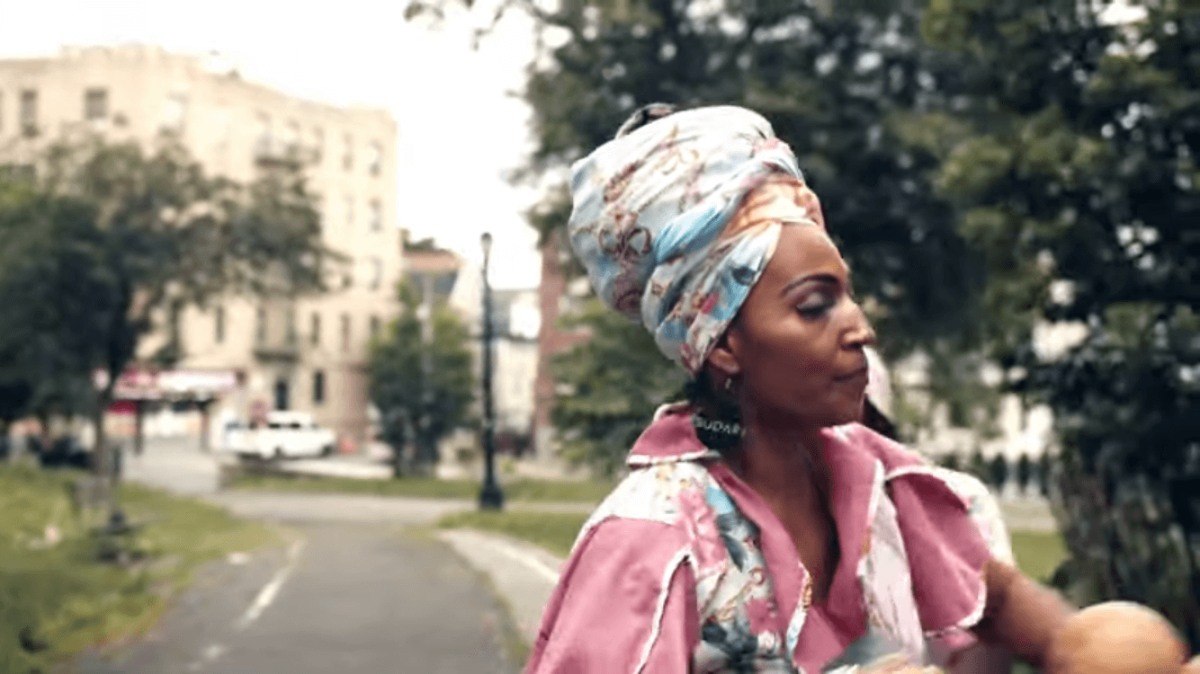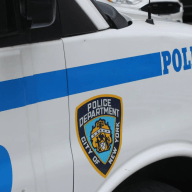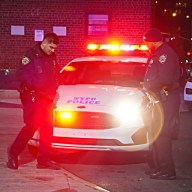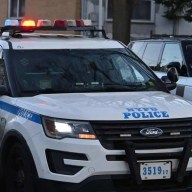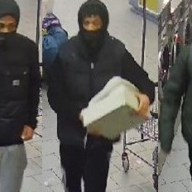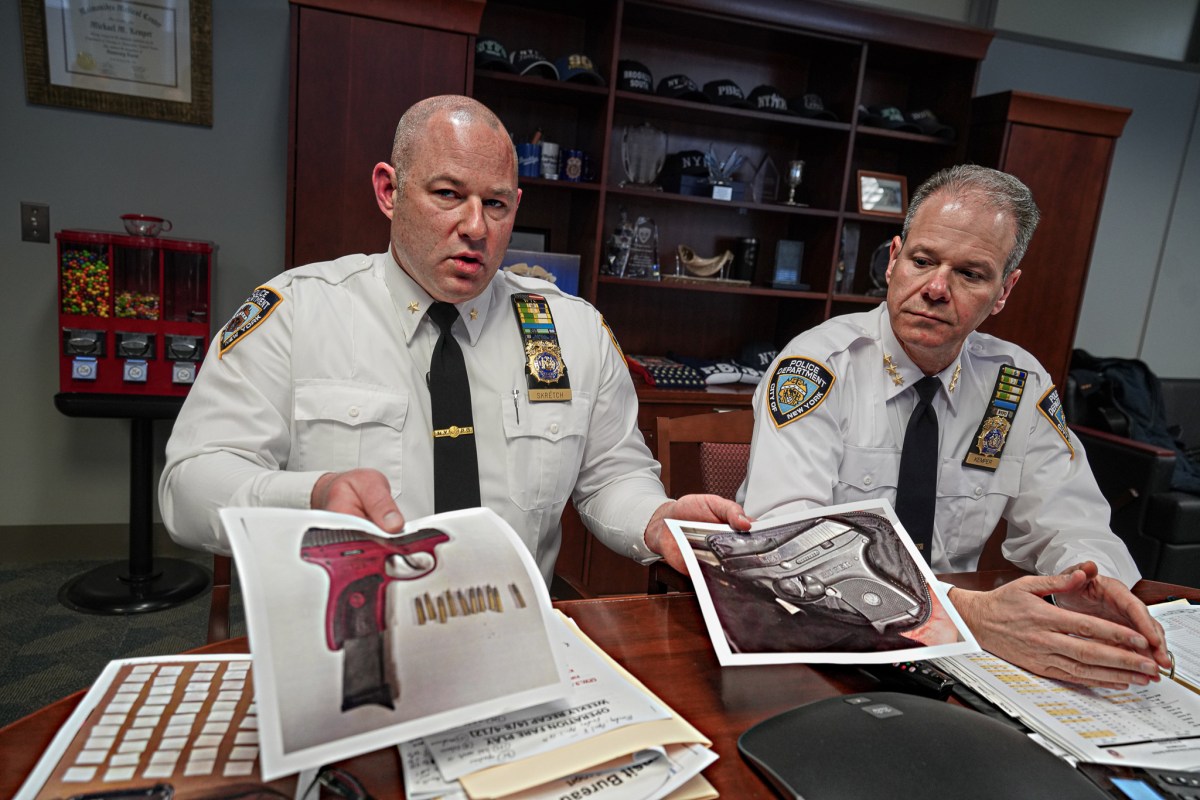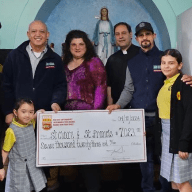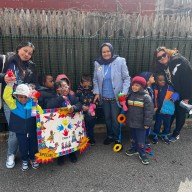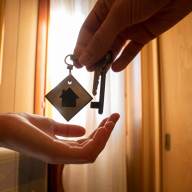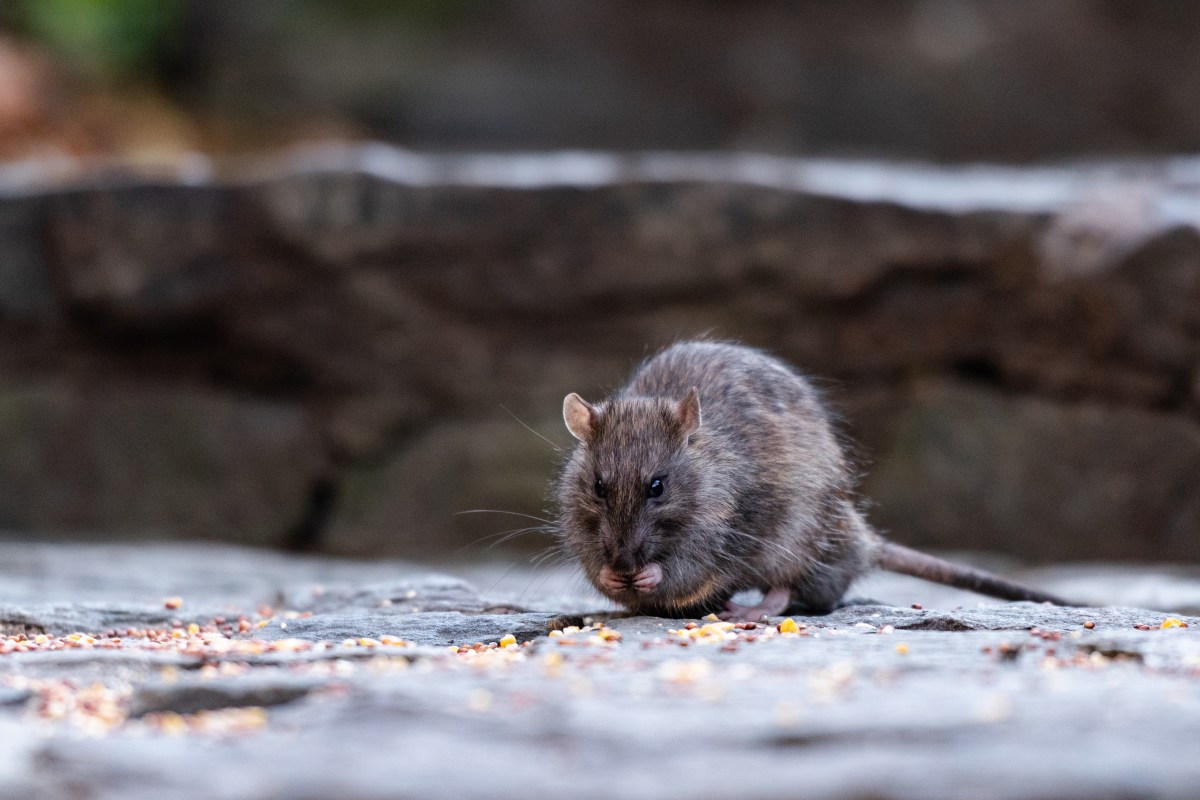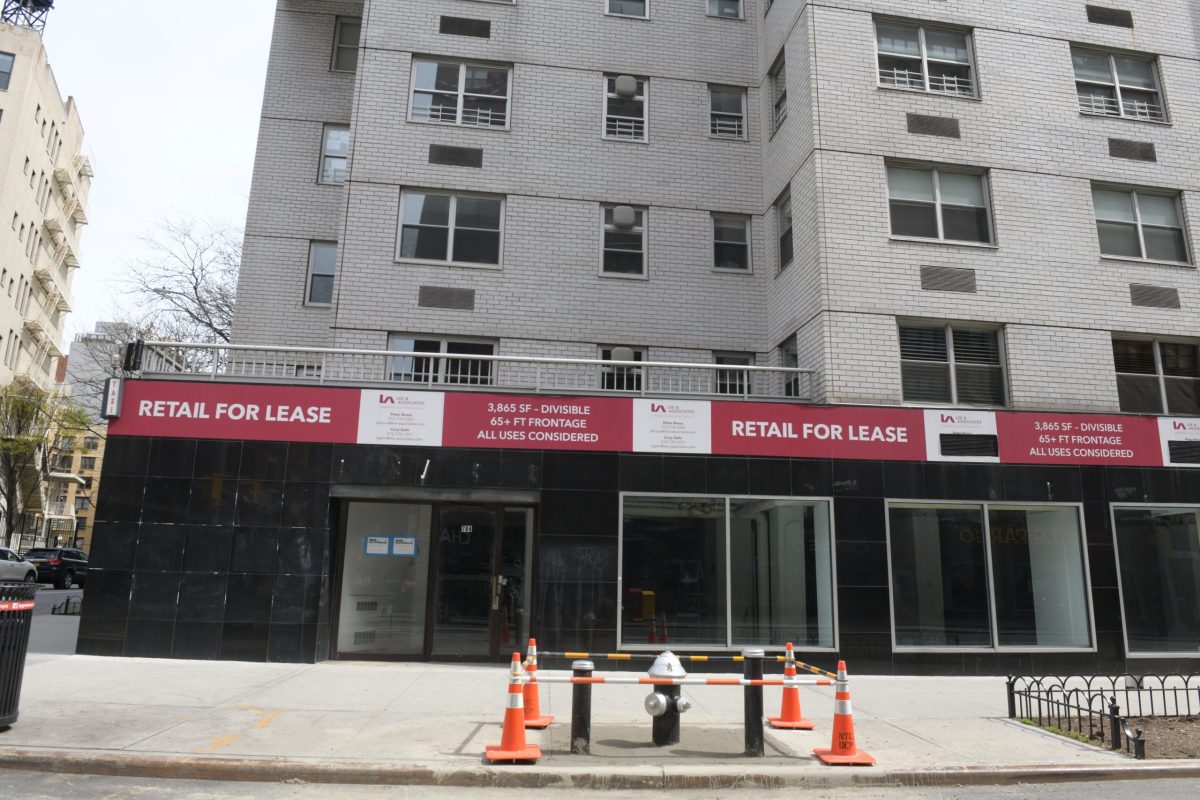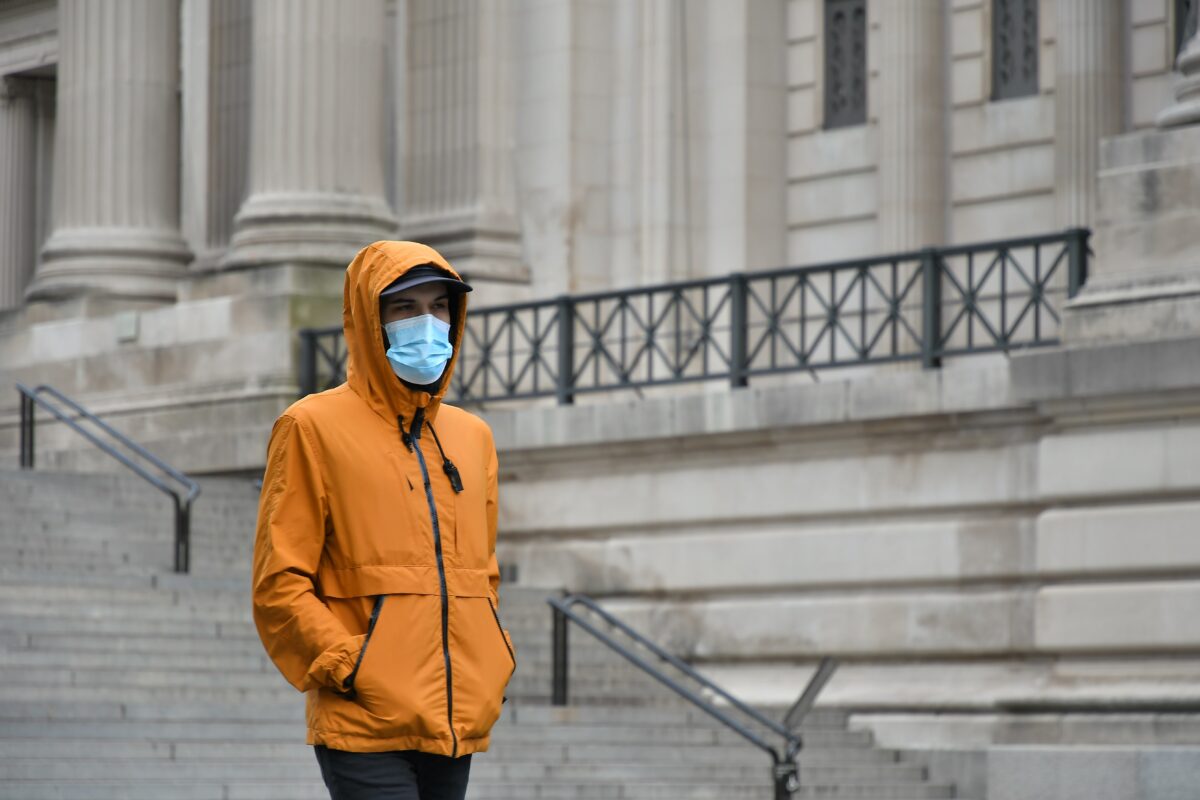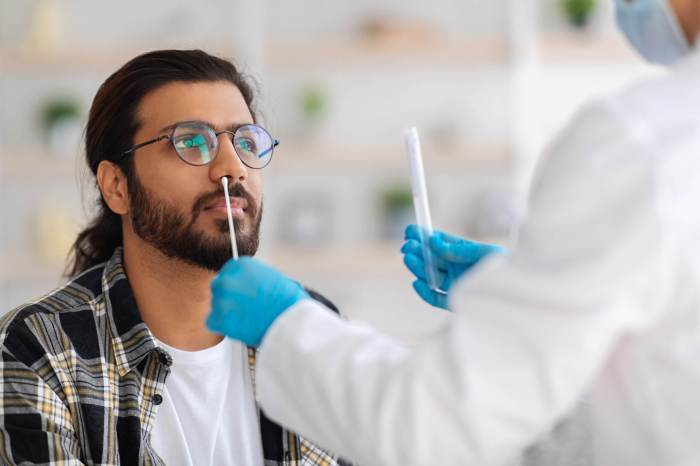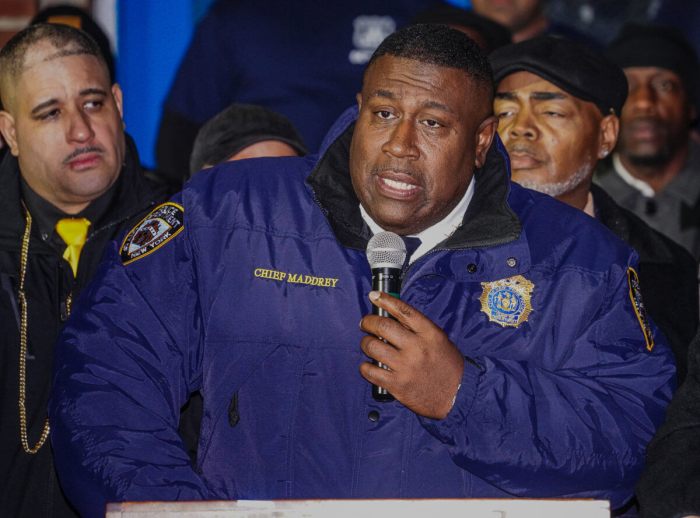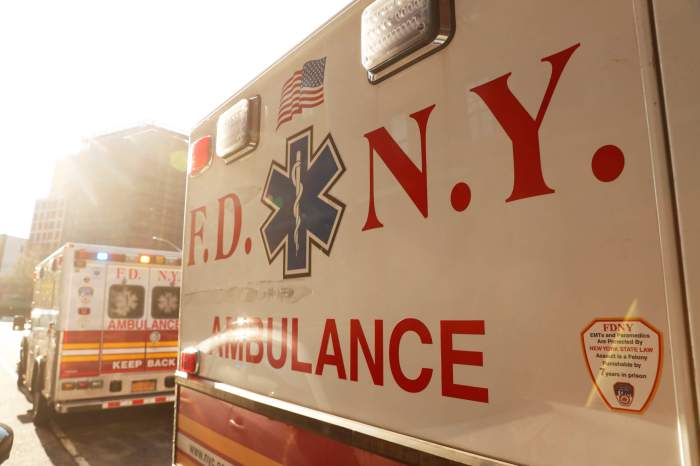More than 200 people in the Bronx’s tight-knit Garifuna community — an Afro-indigenous population emanating from the Caribbean island of St. Vincent who was exiled to the Honduran and Guatemalan coasts — lost their lives to COVID-19.
For Mirtha Colon, vaccinating members of a non-English speaking community struggling to ward off misinformation and barriers to public health access, has been done through events at Crotona Park in the Bronx.
“We don’t schedule these events for a ‘next Sunday’ or anything like that,” she said. “We’ll pop through Crotona Park and see people playing soccer or barbequing and inform them of how the vaccine can give them their best chance at a healthy life.”
Colon, a longtime Garifuna activist and social worker, said that at an event two weeks ago at Crotona Park, 32 members of the Garifuna or other non-English dominant communities were vaccinated via a mobile vaccine truck in a single day.
But Colon said they are only scratching the surface when comes to getting the overwhelming majority of the community vaccinated against the coronavirus. There are an estimated 200,000 members of the Garifuna community living in New York City, with unofficial estimates counting the Garifuna population in the Bronx at more than 100,000.
“We know there’s still many out there who aren’t vaccinated, so this is an ongoing effort,” she said.
In May, a Kaiser Family Foundation survey found that only about 25% of “potentially undocumented” immigrants in the United States received their vaccine, with a large share of non-English speaking adults expressing concerns that reflect access-related barriers to vaccination.
However, in New York City and other large U.S. cities, vaccination rates among Latinos surpass that of white populations. Roughly 59% of Latinos aged 18 and older have been fully vaccinated, in comparison to 56% for whites, according to the New York City Health Department. Latinos represent 29.1% of the city’s population and non-Hispanic whites are 32.1%.
Free vaccinations clinics like those held by community groups such as Hondurans Against AIDS, CASA Yurumein, the largest Garífuna community organization in New York, along with Bronx Rising Initiative have helped make headway into vaccination rates for non-English speaking communities.
The clinics act as a follow-up for individuals who received their first dose and also provides first-time vaccinations on a walk-up basis.
“We still have a long way to go,” said Selina Forbs-Guevara, who has been leading Hondurans Against AIDS’ outreach effort. “Especially in our community where individuals may be isolated due to language barriers.”
Fear of deportation and lack of accessibility of undocumented immigrants to government programs have been cited by community groups as a major barrier for unvaccinated and undocumented immigrants.
While some form of identification is required across the nation, the U.S. Department of Homeland Security pledged to ensure that all immigrants, regardless of status are entitled to get vaccinated against COVID-19.
However, around 75% of state websites fail to mention this explicitly. More so, word of mouth and misinformation has only exacerbated fears of government action and vaccine hesitancy, Colon said.
“We’ll hear everything from a tracking chip in the vaccine to second-hand stories about someone dying from the vaccine or being unable to have a kid,” she said. “But ultimately it’s misinformation, and it’s harmful because we already lost 200 or more people to this pandemic and this vaccine is all we have right now.”
Last week, a panel hosted by Alianza Americas and partners of Somos Salud, a coordinated health initiative funded by the Centers for Disease Control and Prevention (CDC), discussed ways to educate non-English dominant communities throughout the country.
One of the heavily-echoed sentiments was lending more power to community leaders and understanding the complexities and barriers that Latin American and immigrant communities in the U.S. face when it comes to access to healthcare. Panelists shared that some of the biggest obstacles faced by their respective communities in accessing the vaccine, such as language barriers to CDC guidance, lack of public transportation in rural areas to attend vaccine sites, lack of access to technology to make vaccine appointments, and lack of accessible vaccination schedule availability still remain.
“Alianza Americas has embarked on this ambitious collaborative project because it understands the urgent need that health inequities represent to immigrant communities in the U.S. The pandemic has shed light on the long-standing inequities that impact our life expectancy, overall health, and wellbeing,” said Oscar Chacón, executive director for Alianza Americas. “Elected officials do not understand the complexities of working with Latin American communities. It is an opportunity to educate elected officials and opinion-makers when it comes to disparities in health services. This is the beginning of a task to educate and empower more community actors.”
Reach Robbie Sequeira at rsequeira@schnepsmedia.com or (718) 260-4599. For more coverage, follow us on Twitter @bronxtimes and Facebook @bronxtimes.

